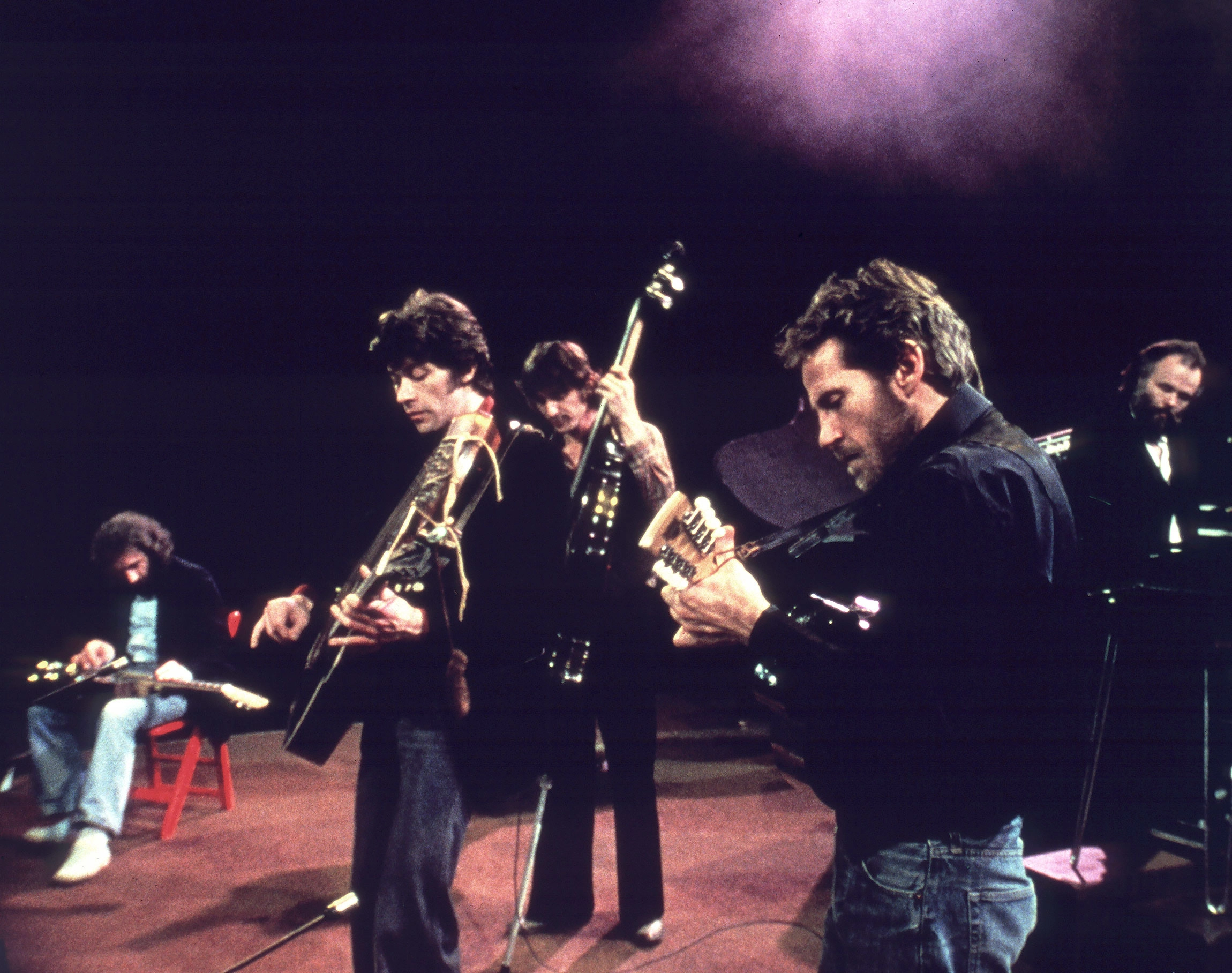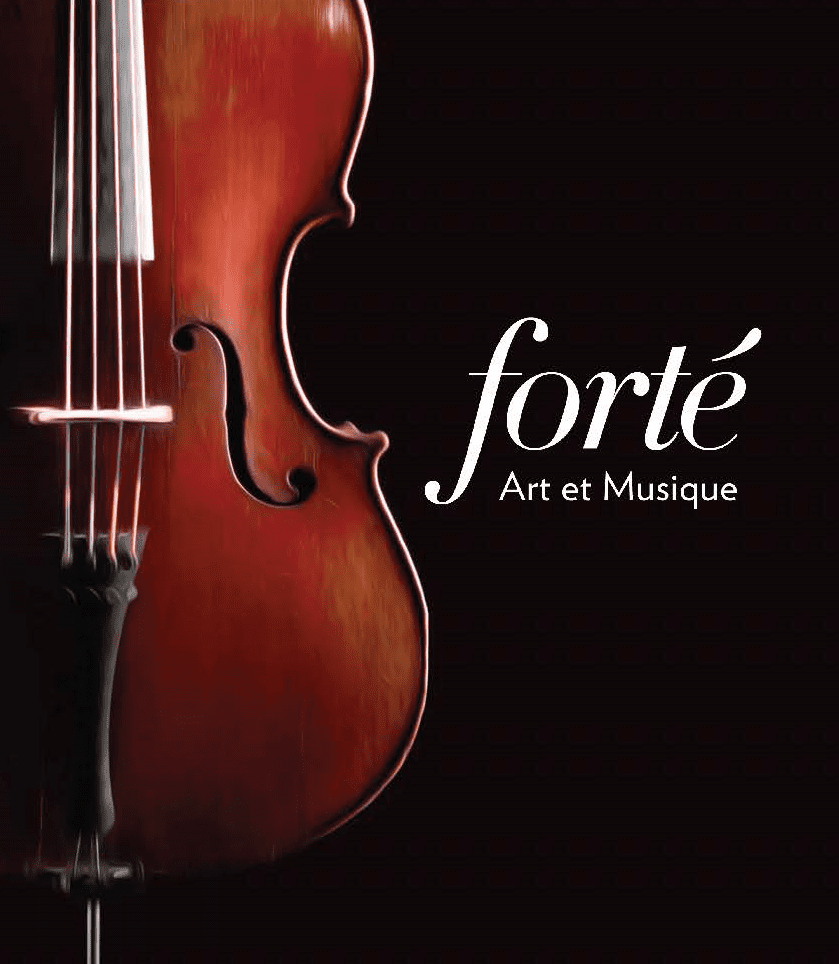
On November 25, 1976, The Band took the stage at San Francisco’s Winterland Ballroom for what would be their final performance, an event that would come to be known as “The Last Waltz.” This concert, however, was more than just a swan song for one of rock’s most influential groups; it was a monumental celebration of music, camaraderie, and an era that had indelibly shaped the cultural landscape.
The roots of “The Last Waltz” lay in The Band’s desire to bid adieu in a manner befitting their storied career. Having journeyed from backing up rock luminary Bob Dylan to becoming a formidable force in their own right, The Band’s members — Robbie Robertson, Levon Helm, Rick Danko, Garth Hudson, and Richard Manuel — envisioned a farewell that would both encapsulate their musical journey and pay homage to their influences and peers.
The event was meticulously crafted, a testament to The Band’s commitment to artistic excellence. They invited an array of music’s most revered artists, turning the concert into a veritable who’s who of the music world. Bob Dylan, with whom they had shared a significant part of their career, was a natural choice. Neil Young, Joni Mitchell, and Eric Clapton, icons in their own right, added layers of depth and diversity to the lineup. Muddy Waters represented the blues roots that underpinned much of The Band’s music, while Dr. John added a touch of New Orleans soul.
What unfolded that evening was nothing short of magical. The stage became a revolving door of musical legends, each adding their unique flavor to the night. The performances were not just a series of acts but a seamless blend of styles and talents, showcasing the rich tapestry of American music. Dylan’s poetic genius, Clapton’s guitar mastery, Mitchell’s ethereal voice, and Young’s unbridled energy each contributed to a night that transcended the sum of its parts.
Behind the scenes, Martin Scorsese was capturing every moment. His approach to filming “The Last Waltz” was revolutionary for its time. He treated the concert not just as a live performance but as a narrative, weaving interviews and backstage footage with the live performances to create a rich, textured portrait of The Band and their musical comrades. The film “The Last Waltz” stands as one of the greatest concert documentaries ever made, offering an unprecedented glimpse into the personalities and dynamics of these musical giants.
Yet, amid the celebration, there was an underlying poignancy. “The Last Waltz” was more than a farewell to The Band; it symbolized the end of an era. The idealism and communal spirit of the 60s were giving way to a new, more individualistic age in music. The concert, therefore, was a bittersweet tribute to a passing epoch, an acknowledgment that the musical landscape was irrevocably changing.
In the end, “The Last Waltz” was a fitting capstone to The Band’s career. It was a night where legends came together to celebrate not just one band’s journey but the journey of music itself. It left an indelible mark on the history of rock ‘n’ roll, immortalized by Scorsese’s film, cherished in the memories of those who were there, and revered as one of the most extraordinary musical events ever staged.




Leave a Reply